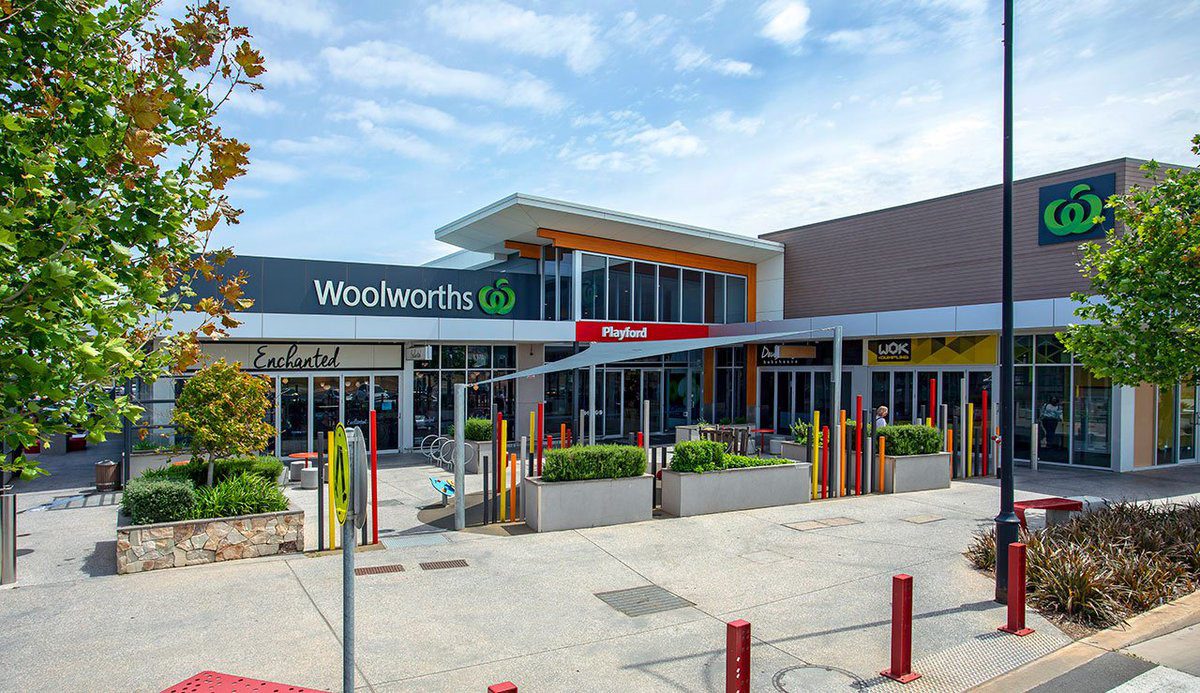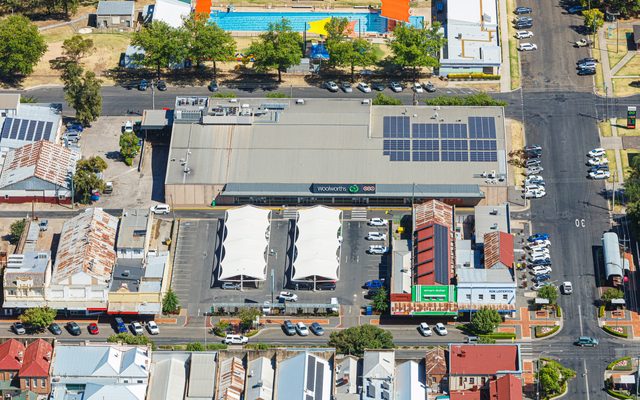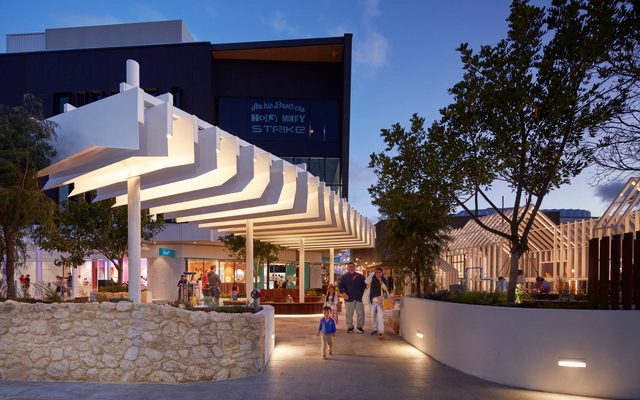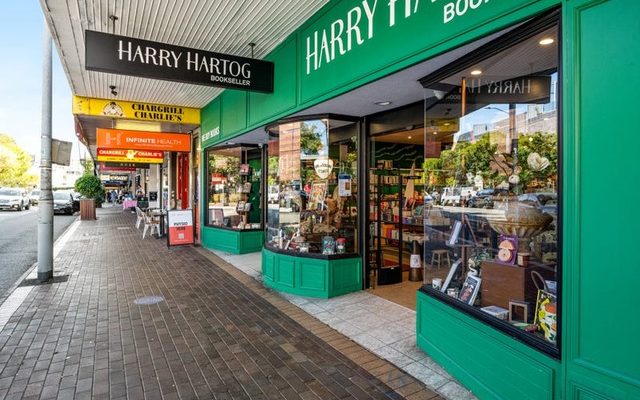This article is from the Australian Property Journal archive
A WOOLWORTHS-anchored shopping complex in Adelaide’s northern suburb of Munno Para has sold for $21.81 million, following a period of limited suburban retail investment opportunities hitting the market.
The convenience-based shopping centre at 297 Peachey Rd sold to a local private investor following an expressions of interest campaign handled by Savills agents Rino Carpinelli and Steven Lerche.
The price tag reflected a yield of 7.3%. Occupying 2.032 hectares, the 6,390 sqm centre generates an annual rent of around $1,613,400 with a weighted average lease expiry of 9.12 years by area.
It comprises a full-line Woolworths supermarket and associated BWS liquor store, which are operating under a new 12 year lease. There is also a mix of 17 speciality tenants, including a Smokemart, newsagency, café, medical centre and Terry White Pharmacy.
Carpinelli said shopping centres like Woolworths Playford were rarely traded in South Australia, and strong interest from investors was anticipated after limited neighbourhood retail opportunities came to market last year.
“This centre serves the everyday needs of the local community and is classed as a defensive asset, driven largely by non-discretional shopping,” he said.
Carpinelli said the purchaser pounced on the opportunity to get a foothold in the $1 billion Playford Alive urban development precinct, which is being jointly managed by the City of Playford council and state government. The precinct will include healthcare, education and recreation facilities, and a new $250 million town centre.
“There is no doubt there is repressed demand from investors wanting to enter growth areas such as Playford,” he said. “Buyers are looking to capitalise on Adelaide’s northern growth corridor and the large number of dwellings to be constructed within the city’s fastest-growing precinct.”
He said the centre’s location within a new and highly regarded retail precinct had been a key drawcard throughout the campaign, strategically positioned to benefit from uplift in local retail spend in the coming years, with the main trade area population estimated to increase from 35,340 people as at June last year to 47,890 people by 2031.
Current retail trade area expenditure of $397 million is forecast to grow to $720 million through that period.




